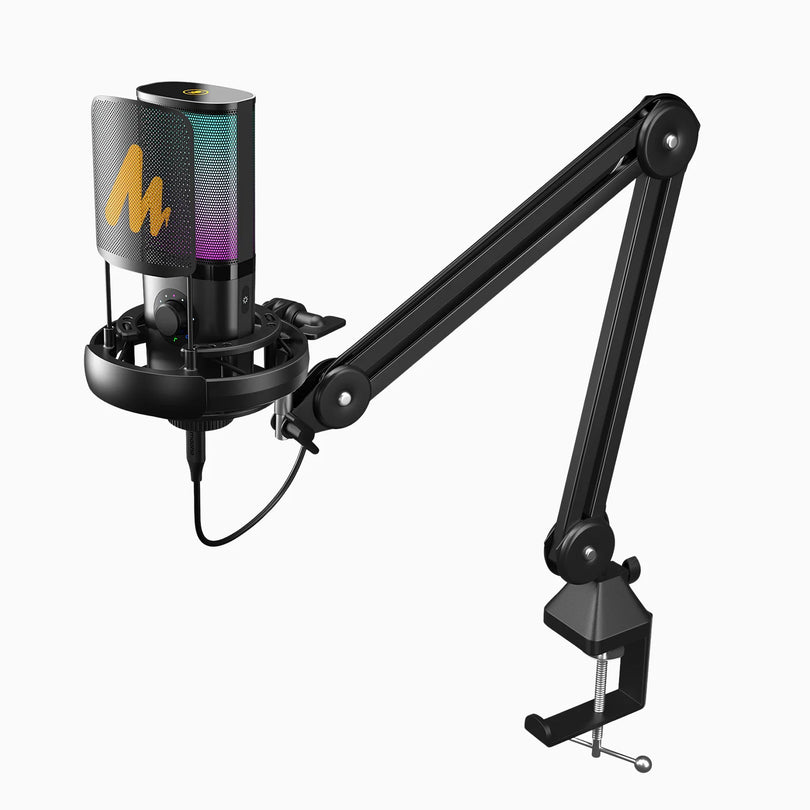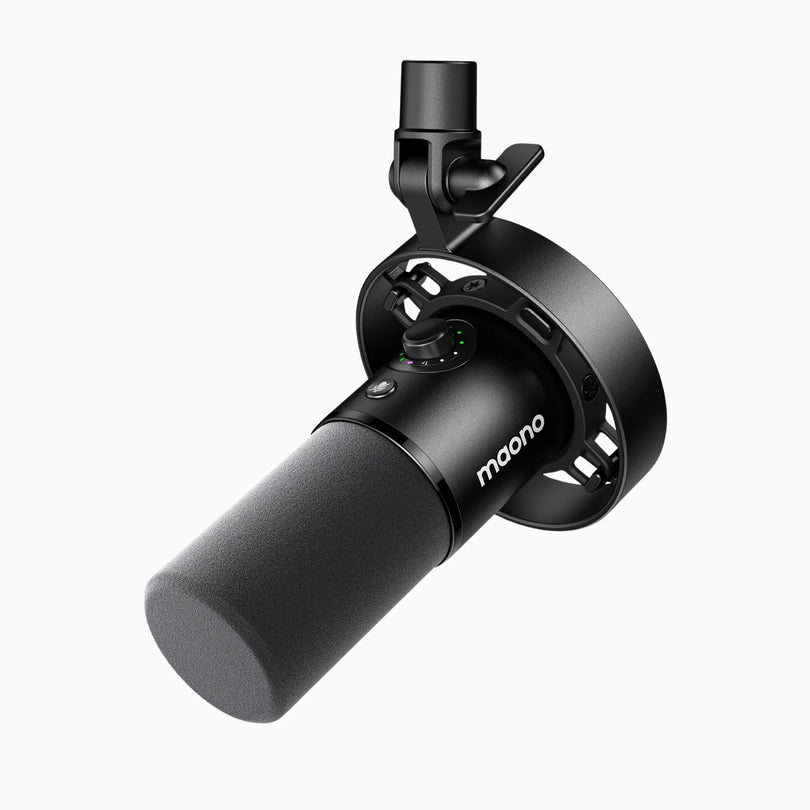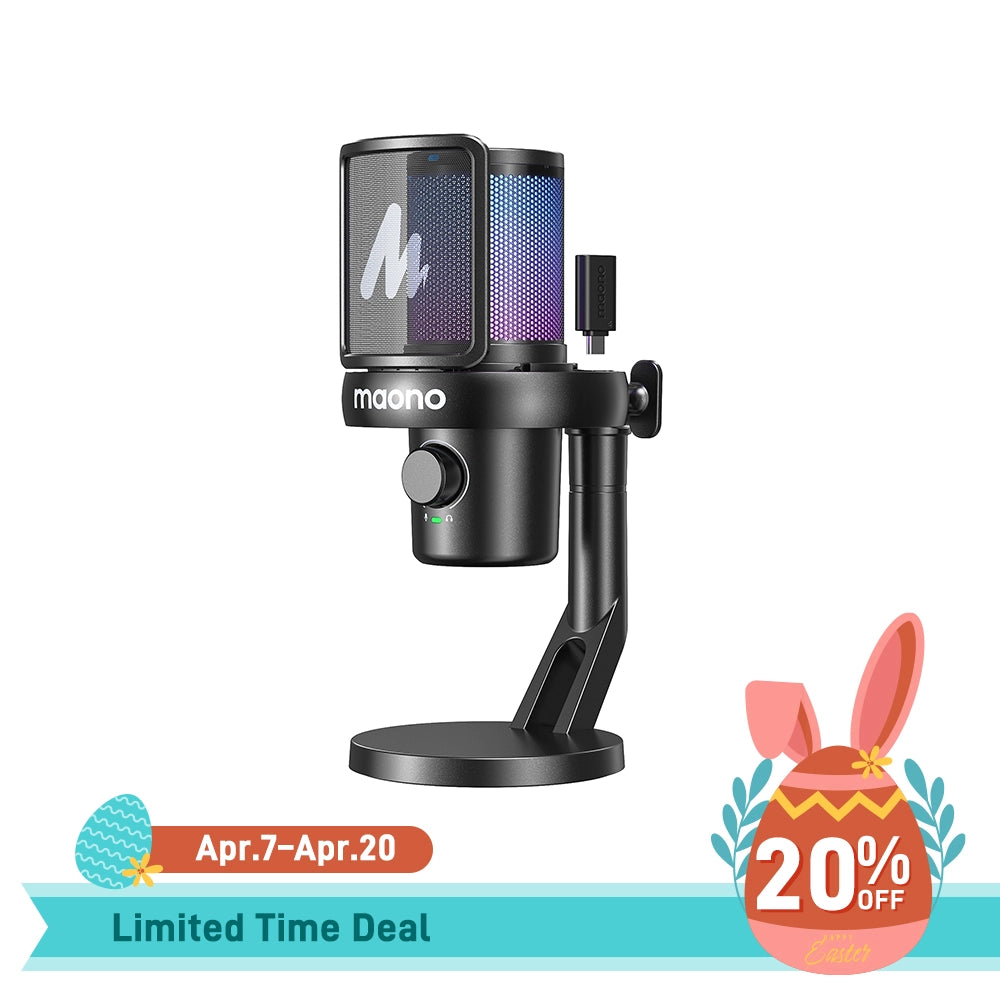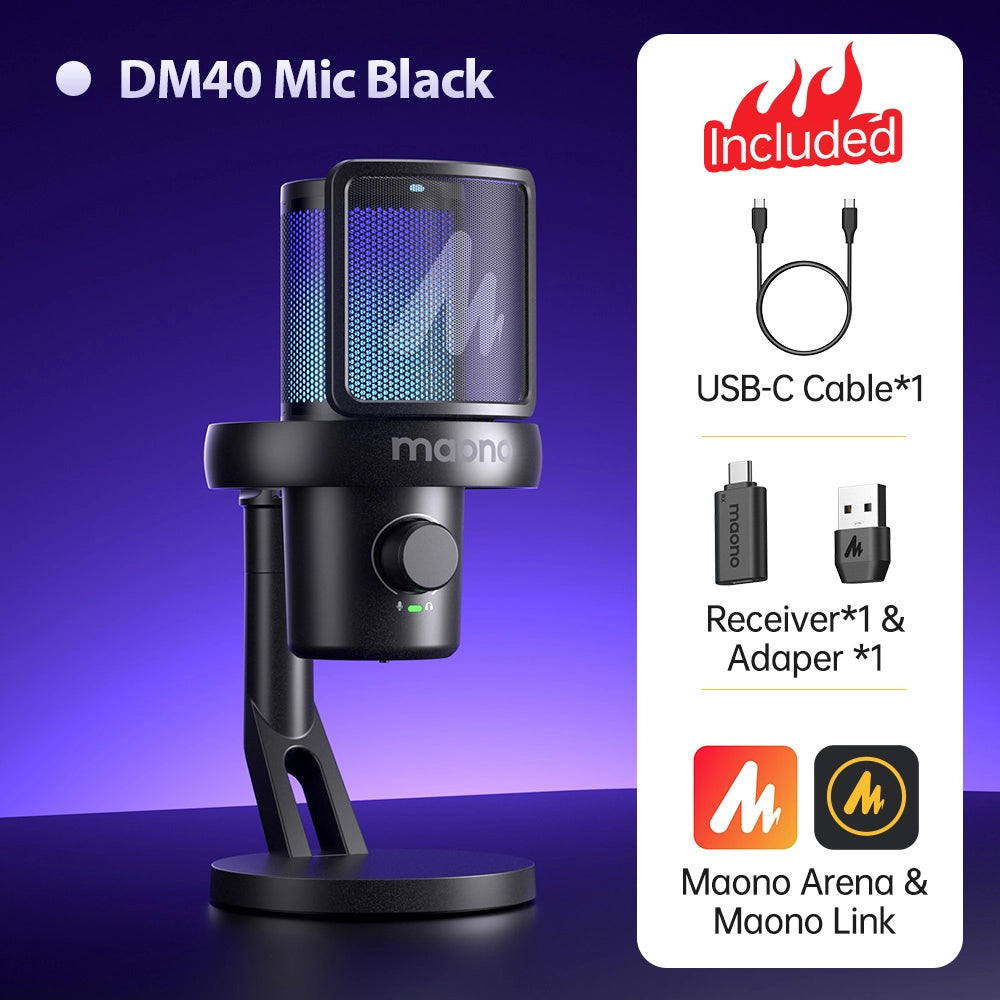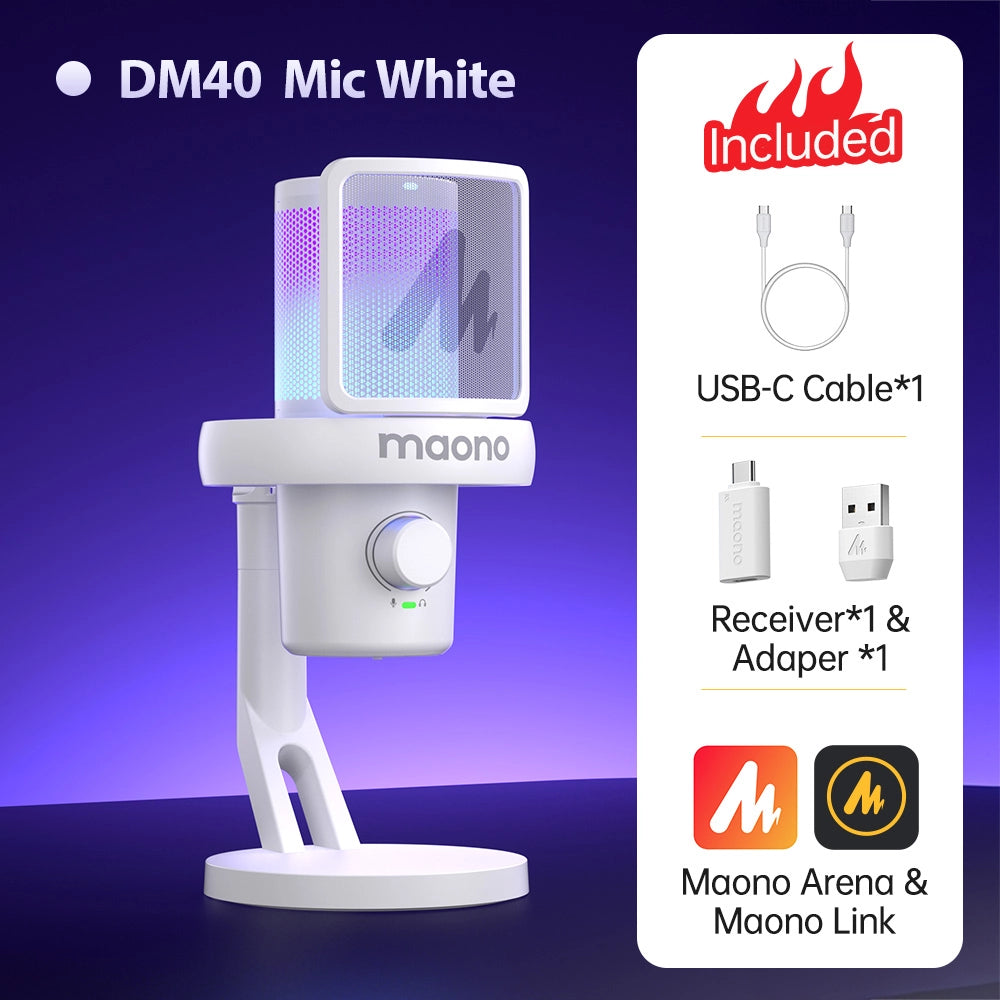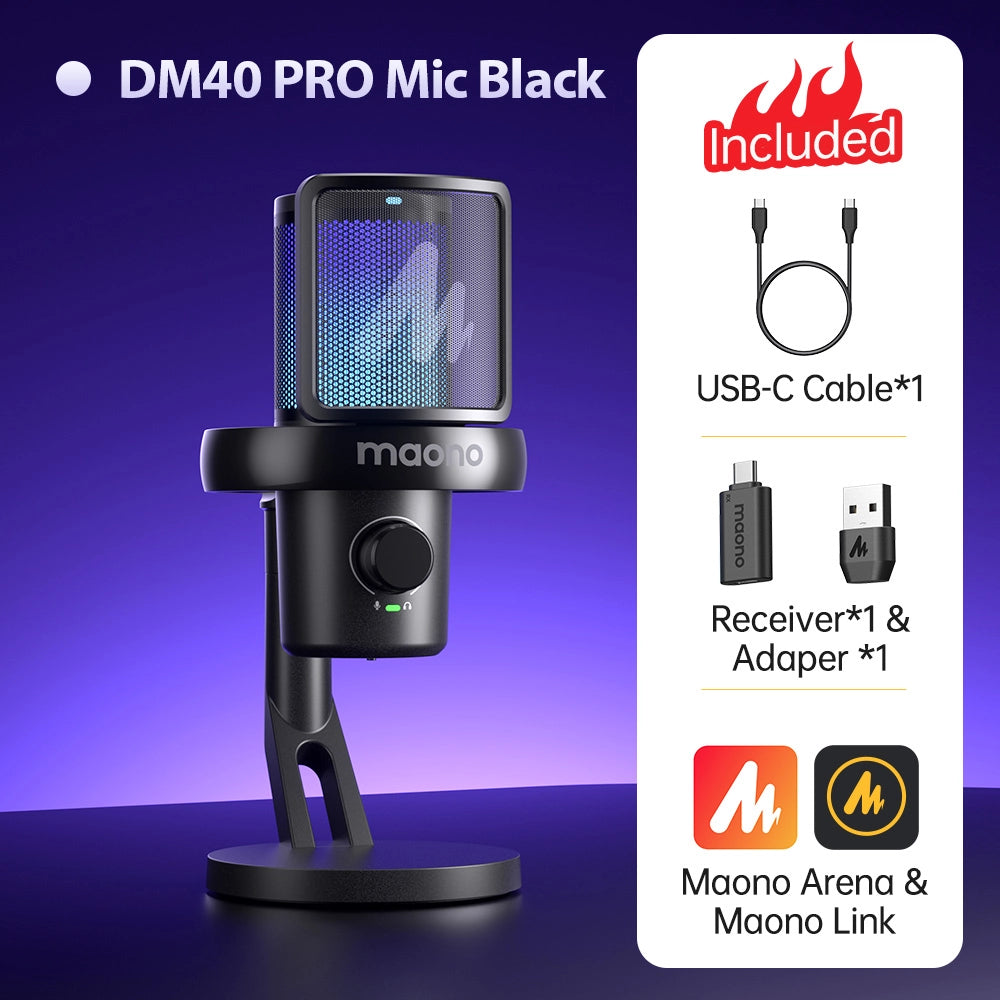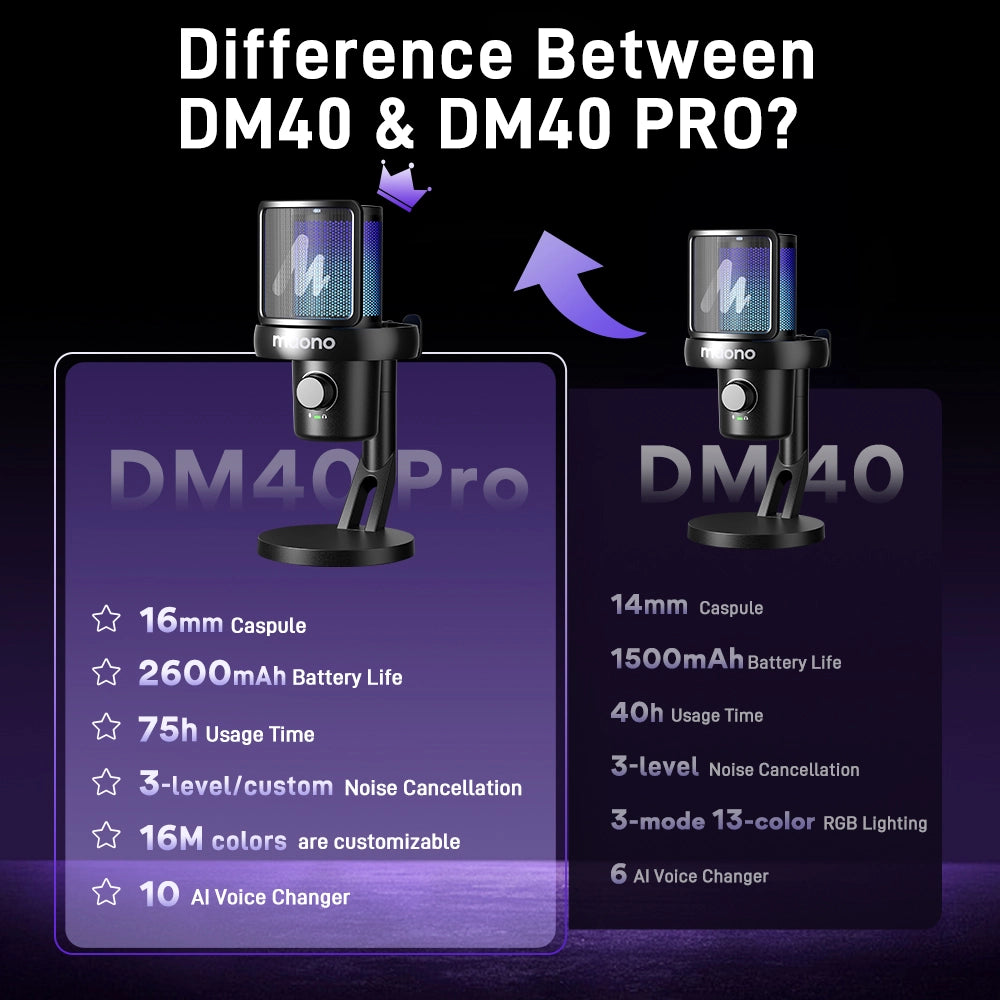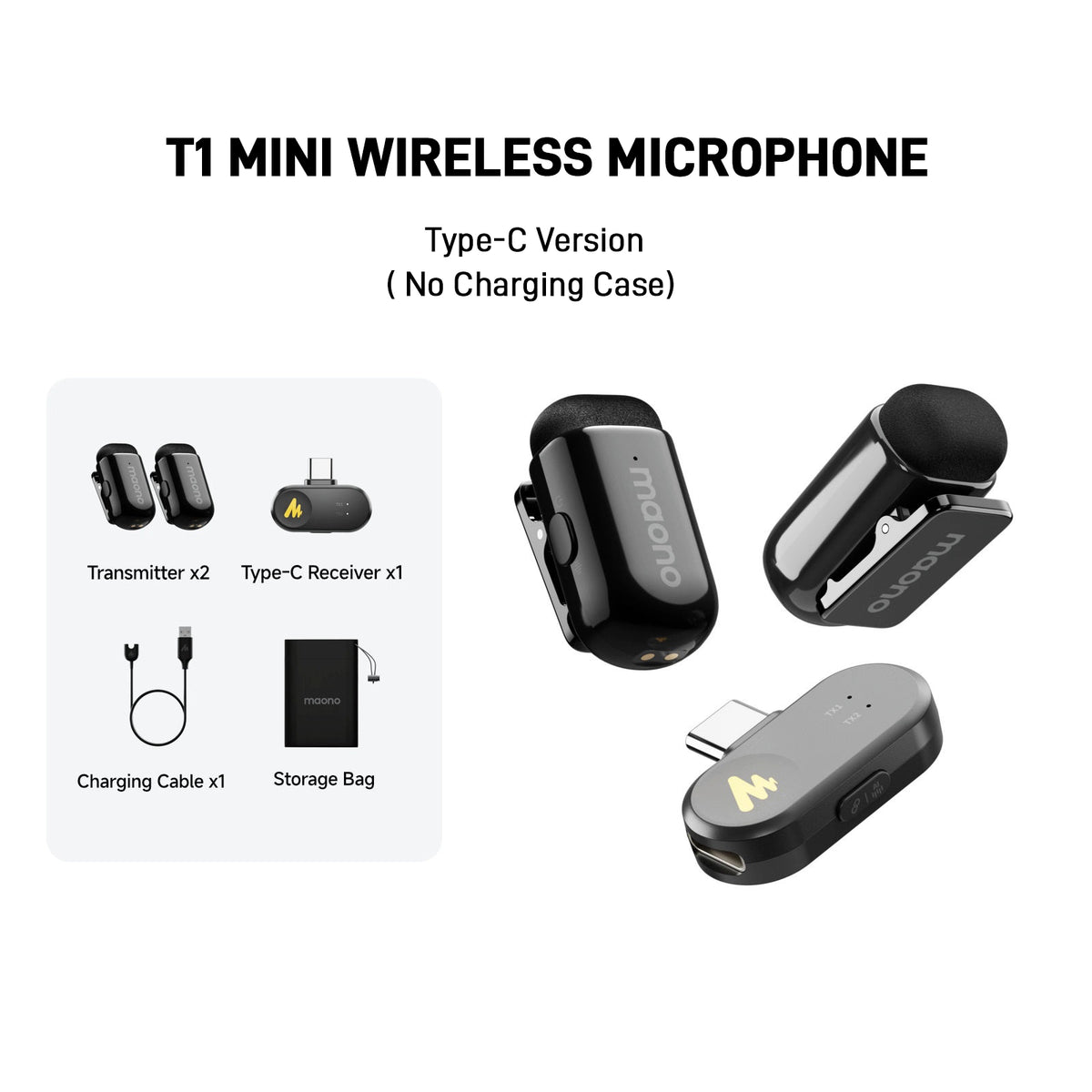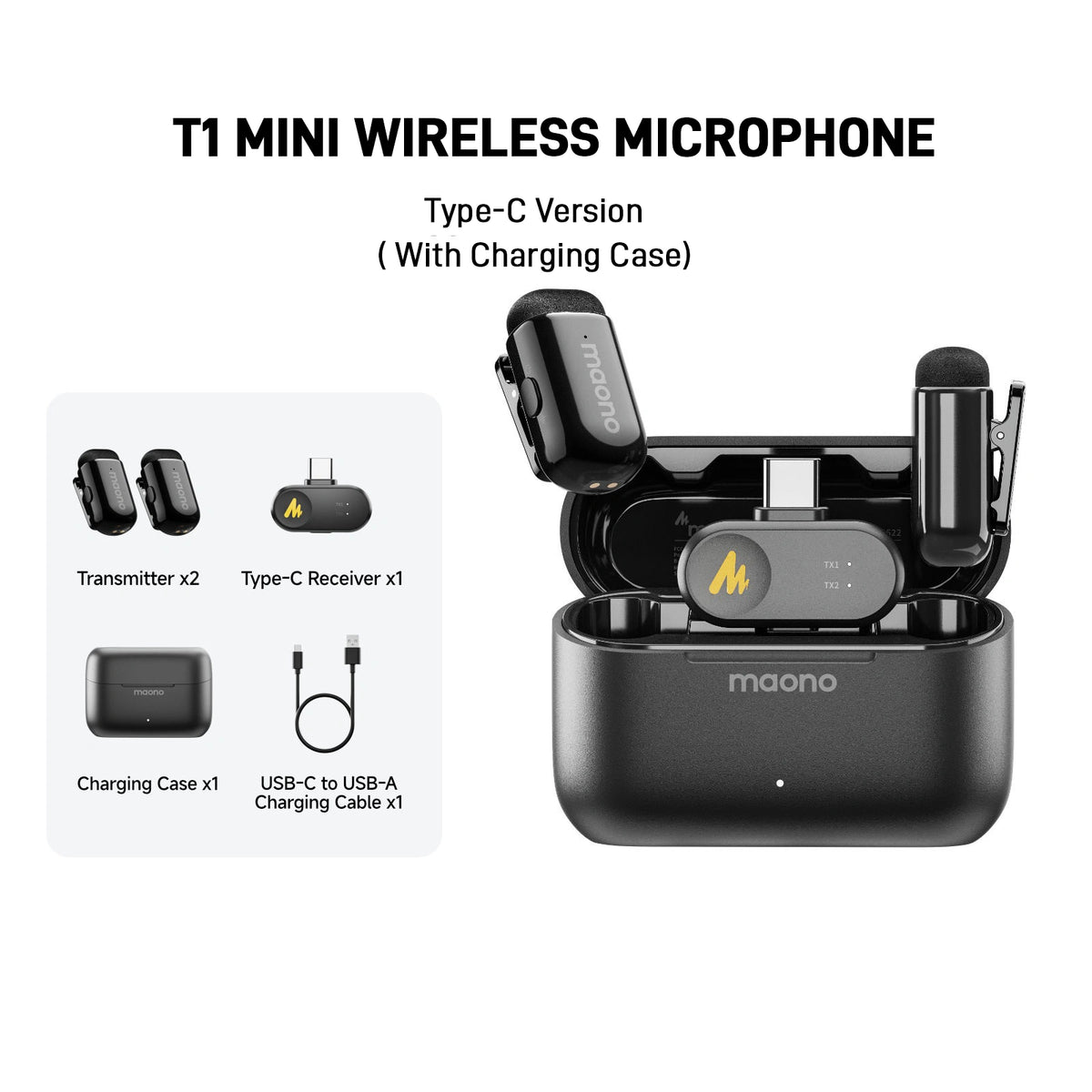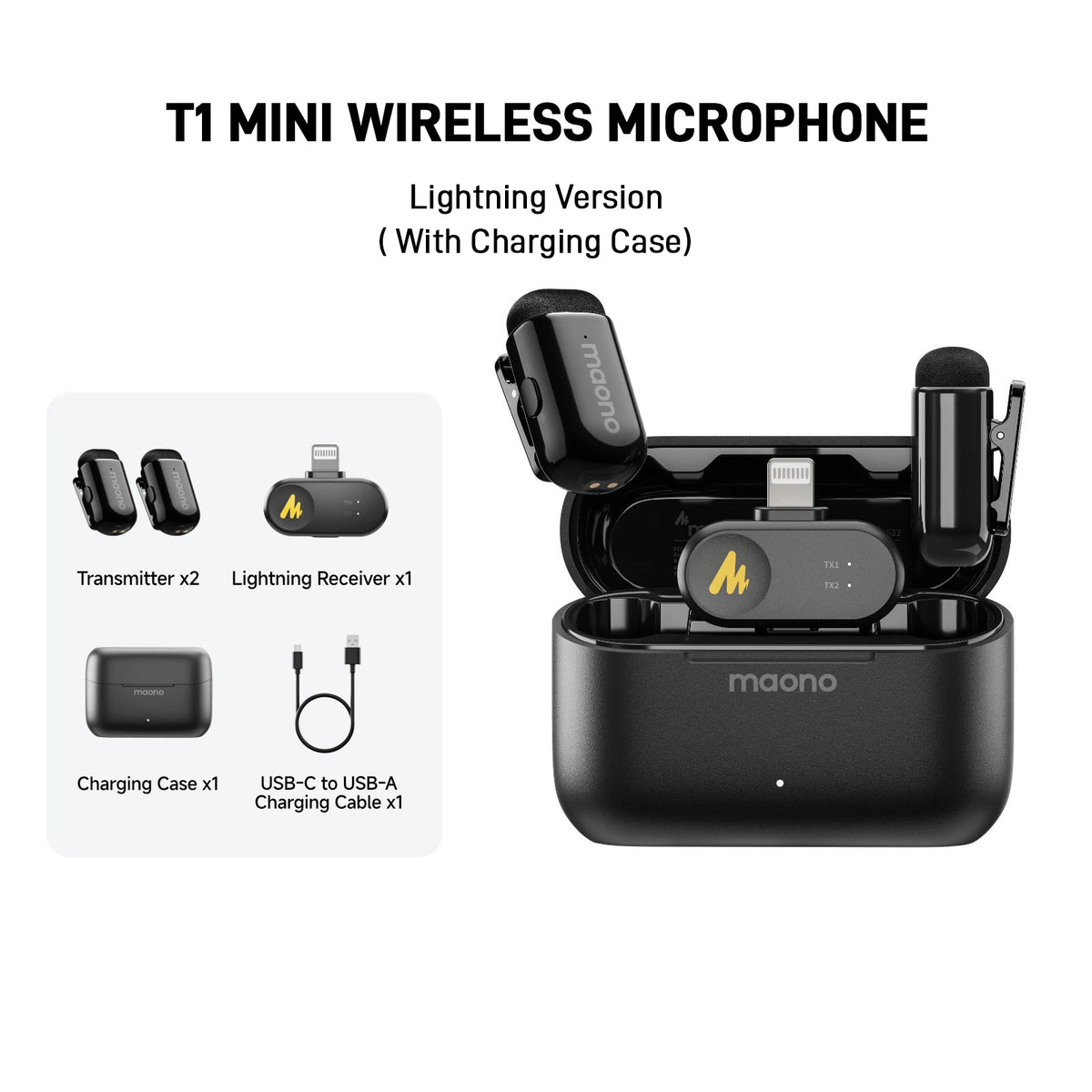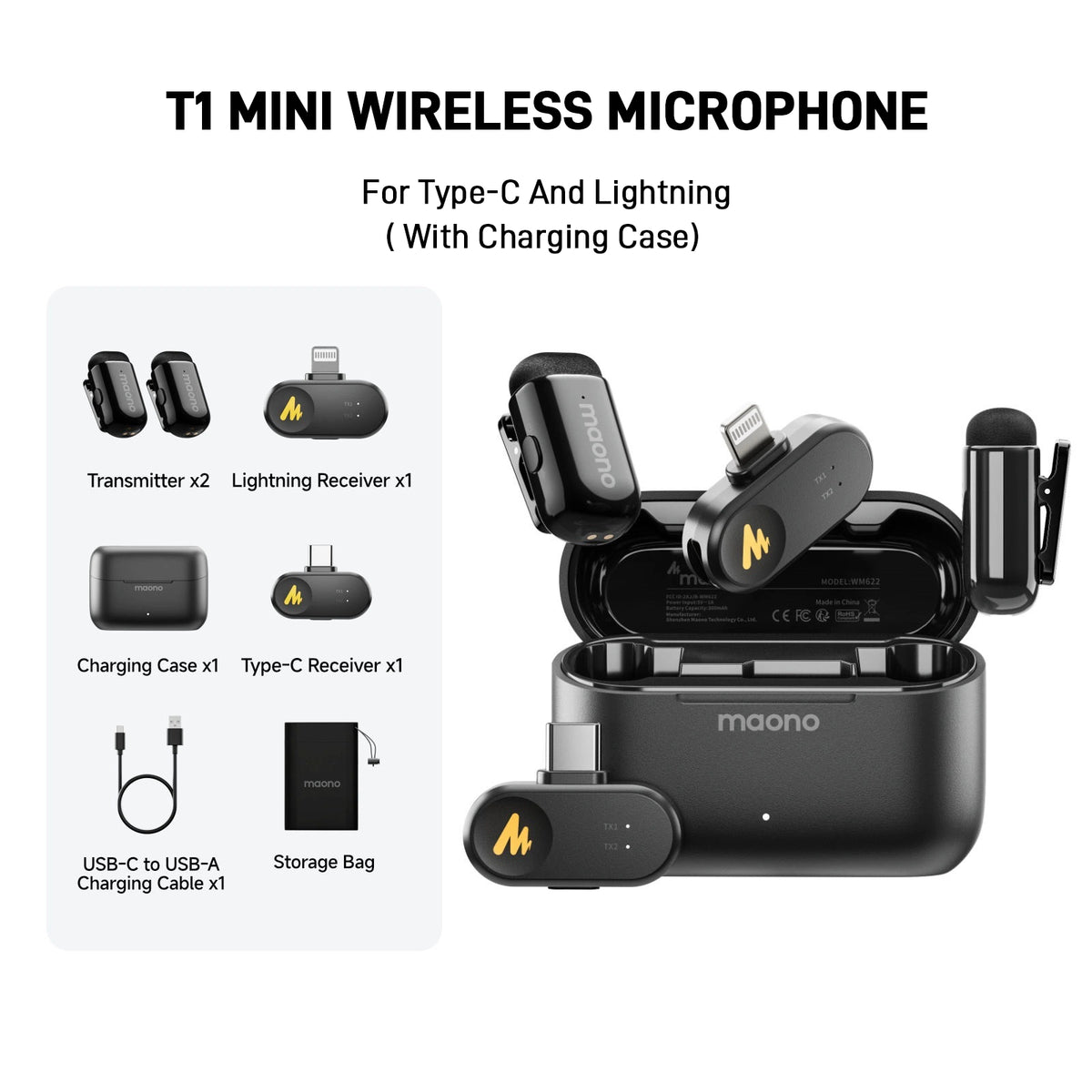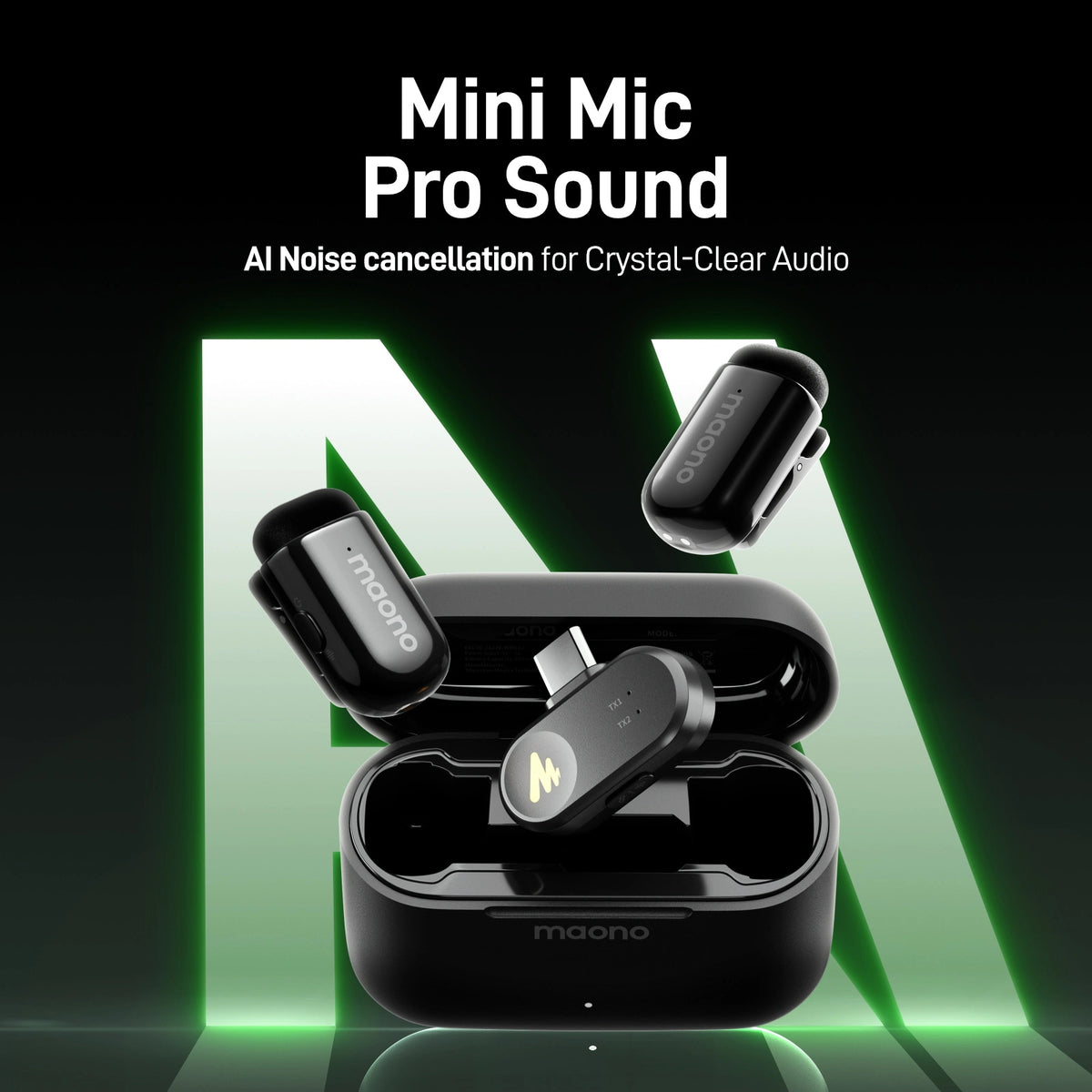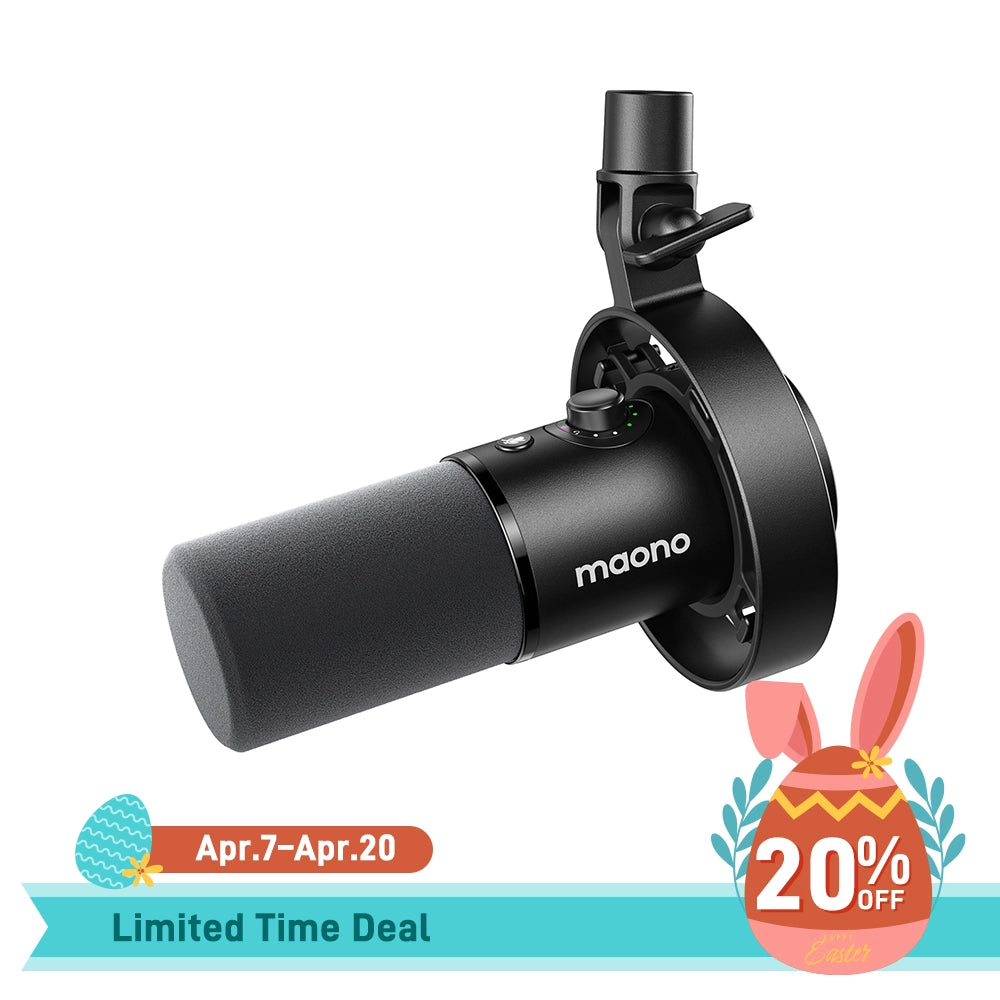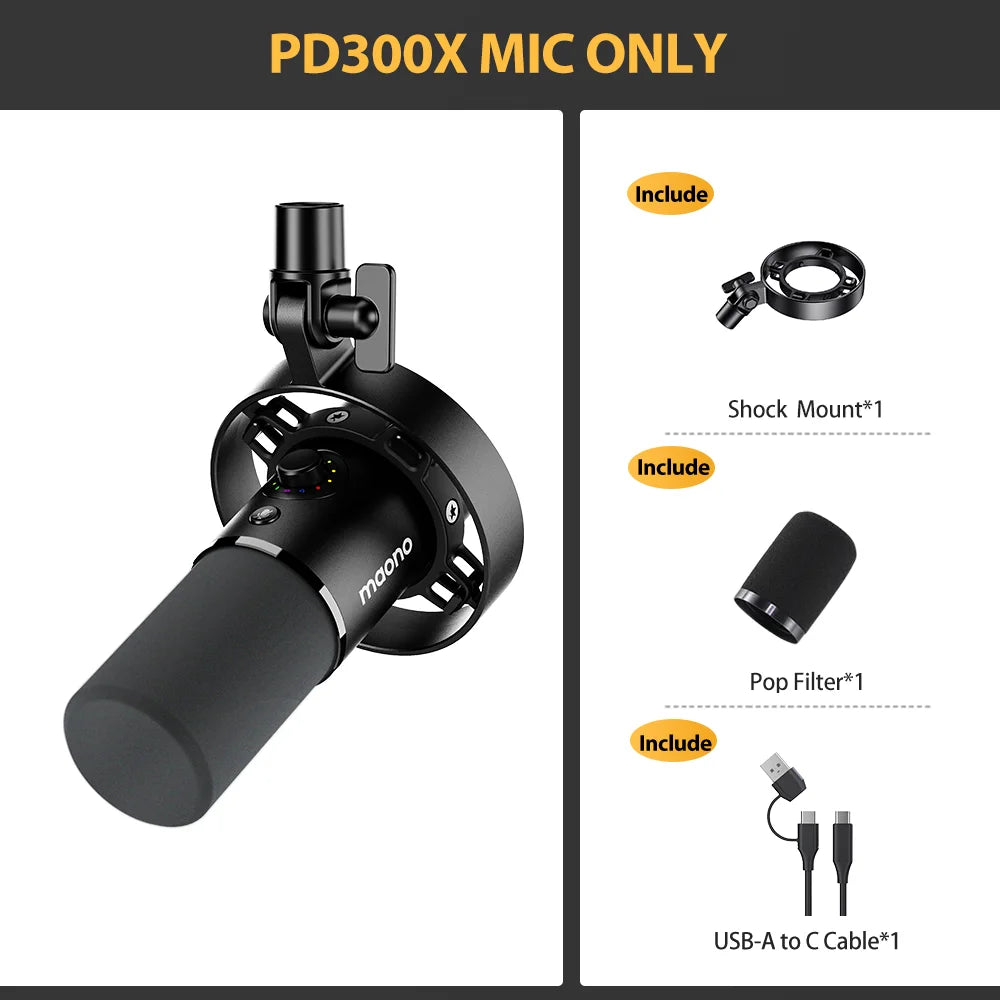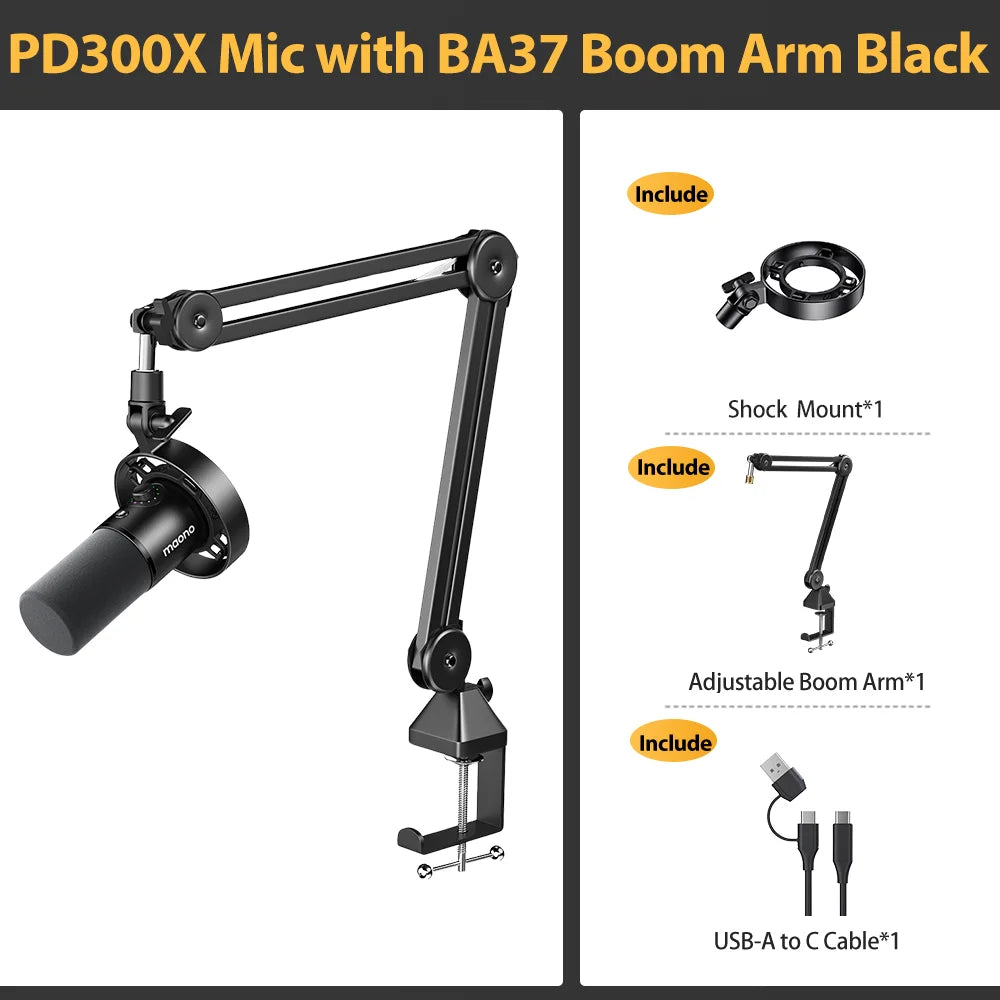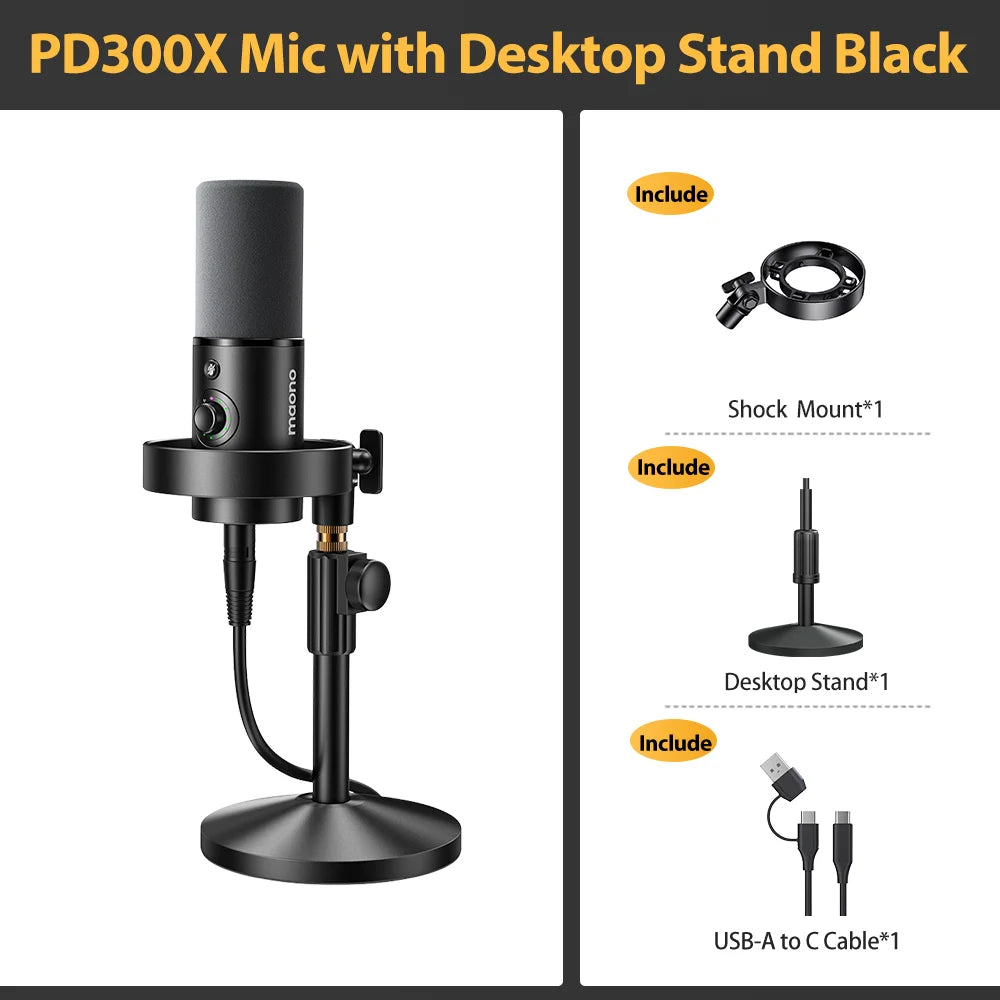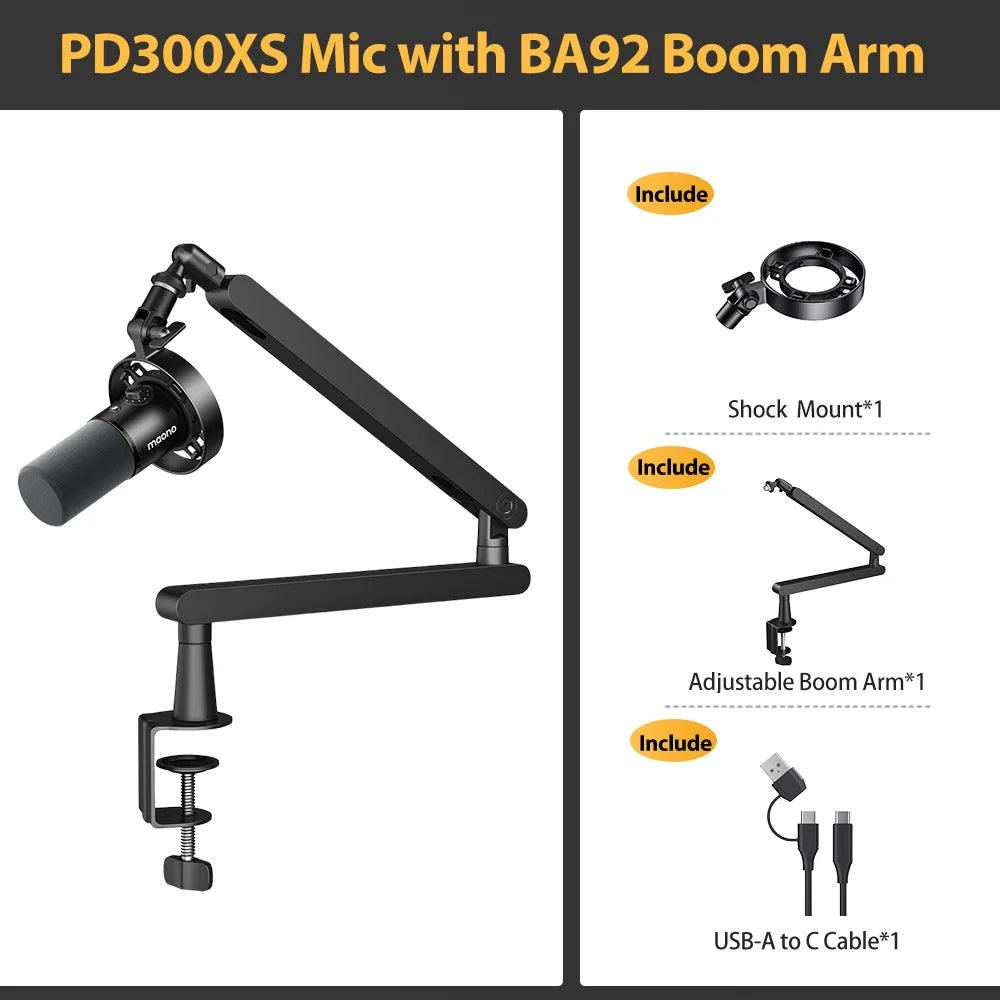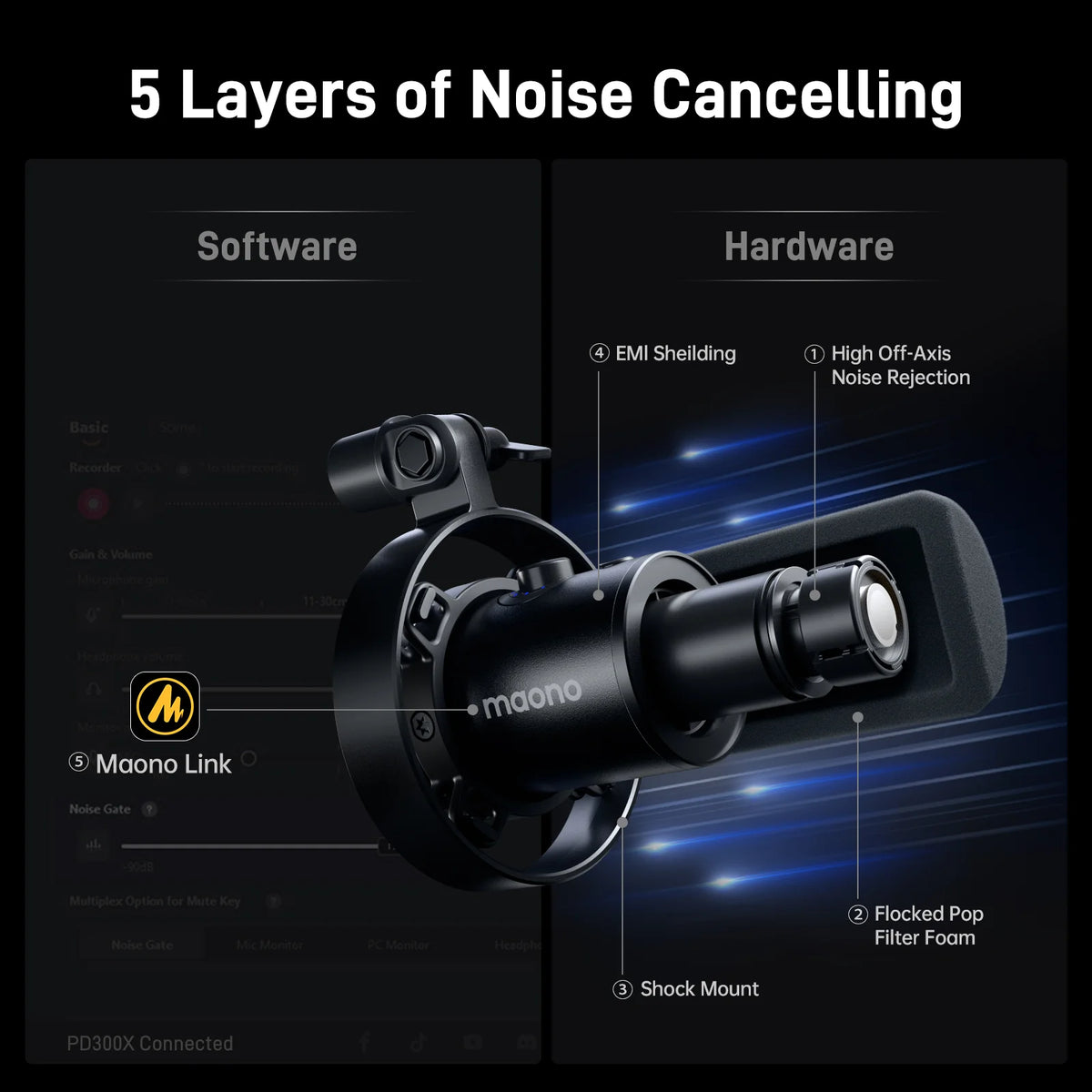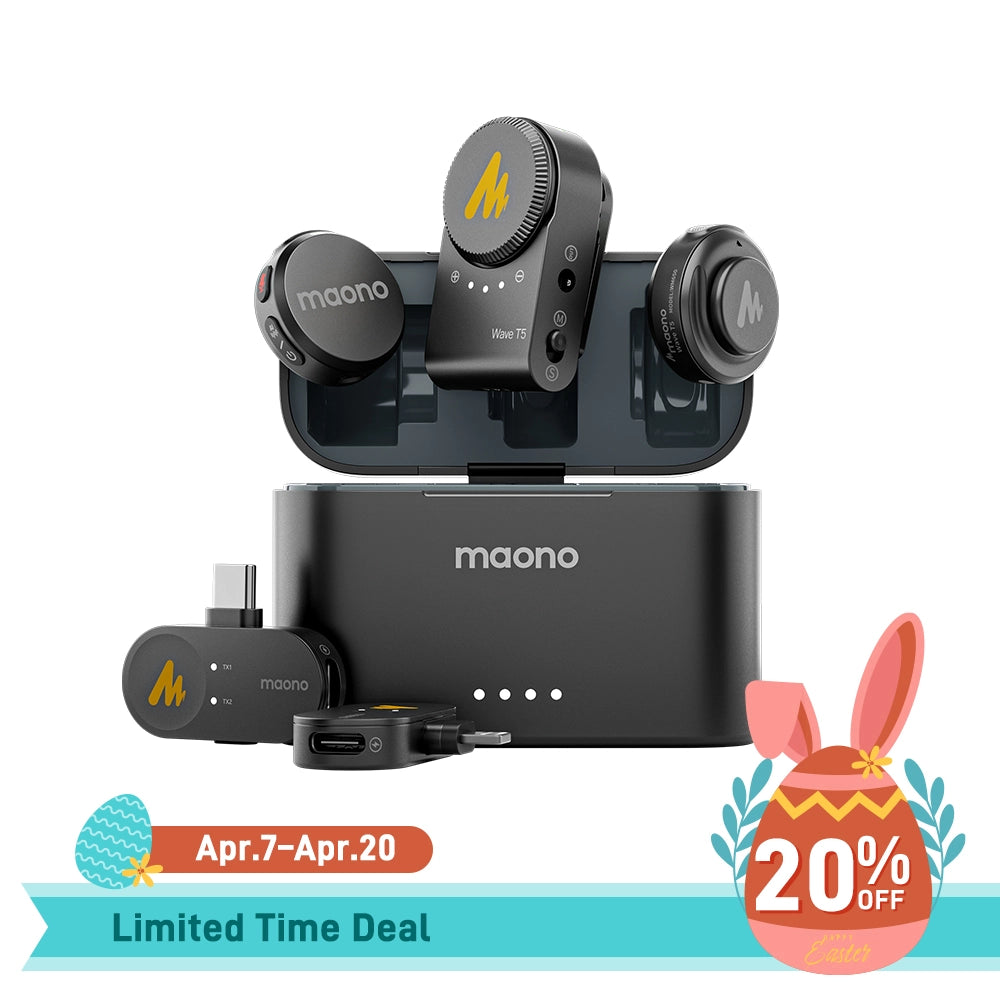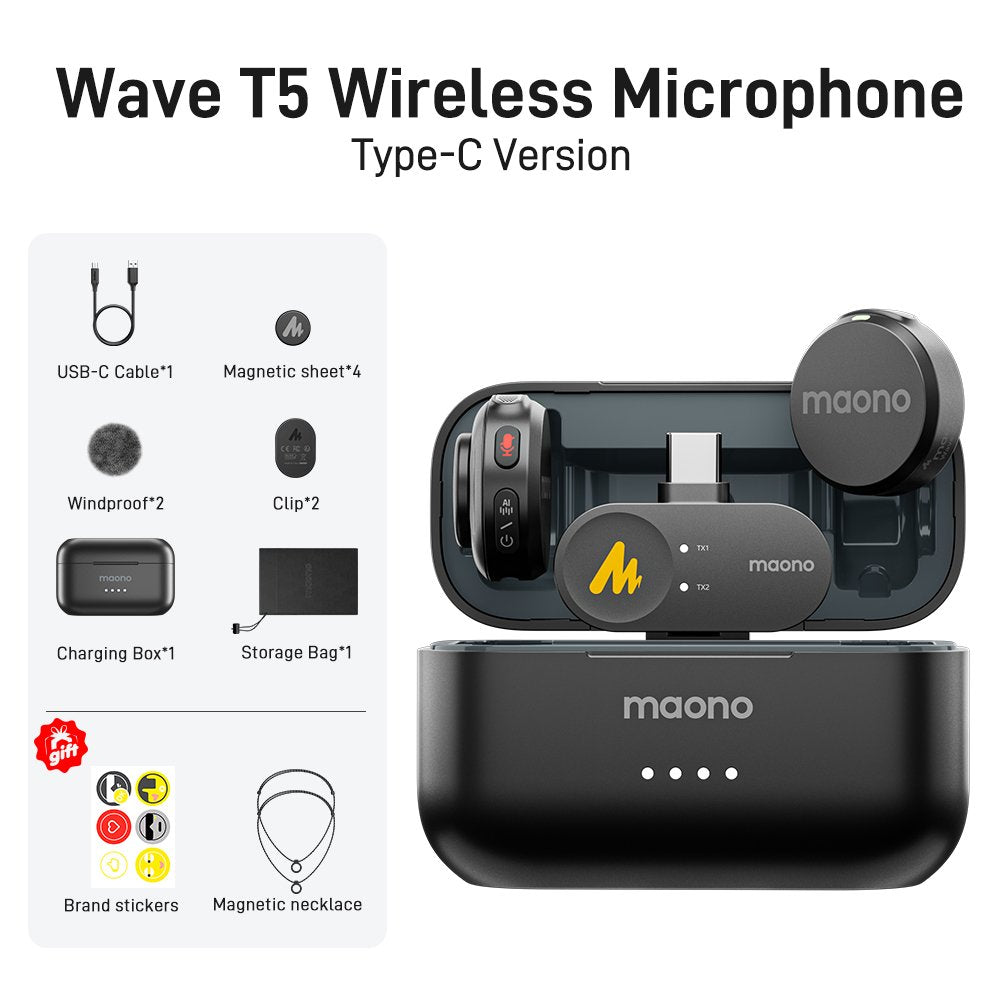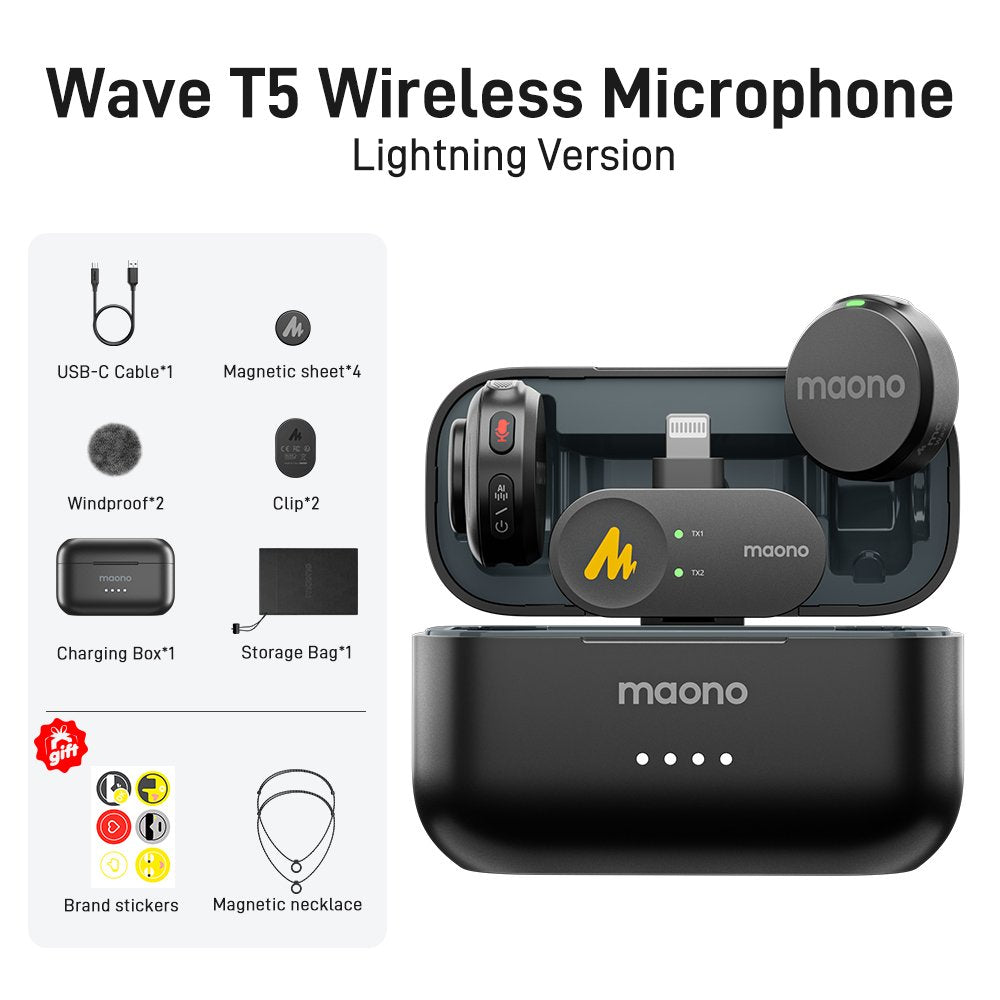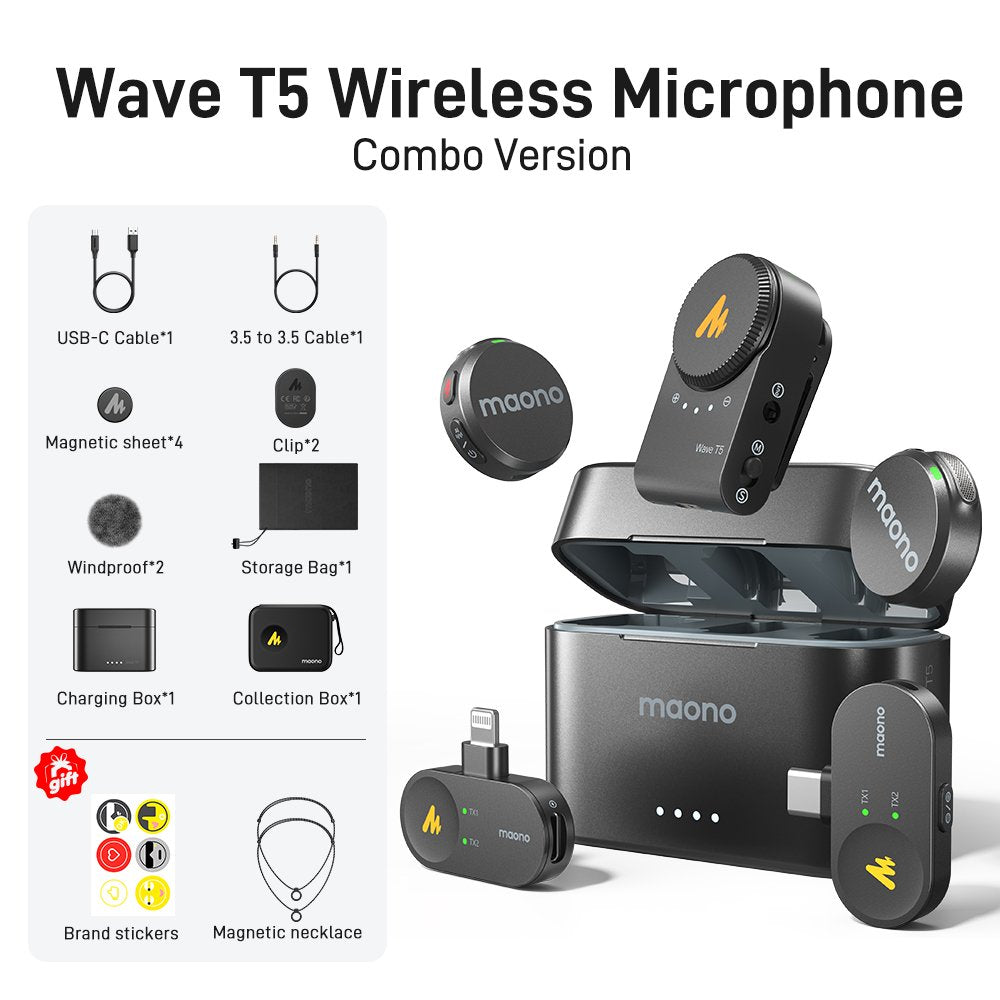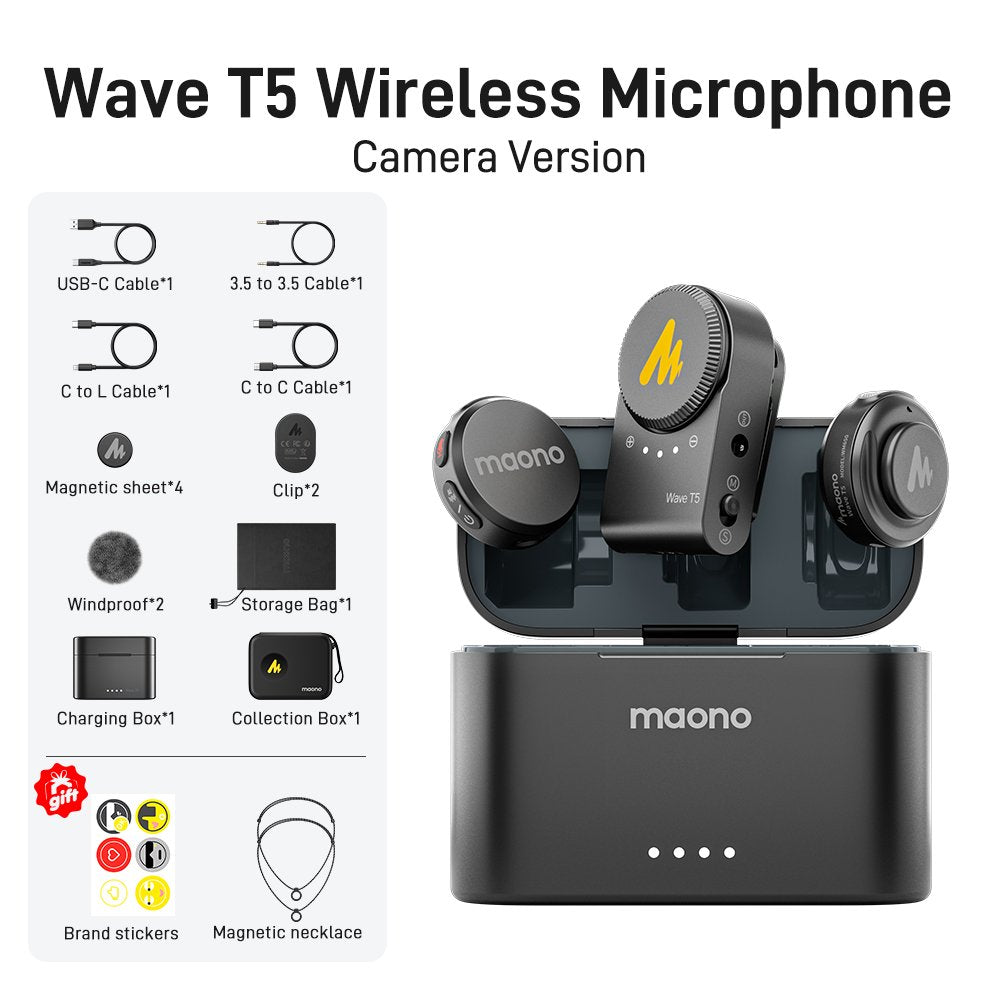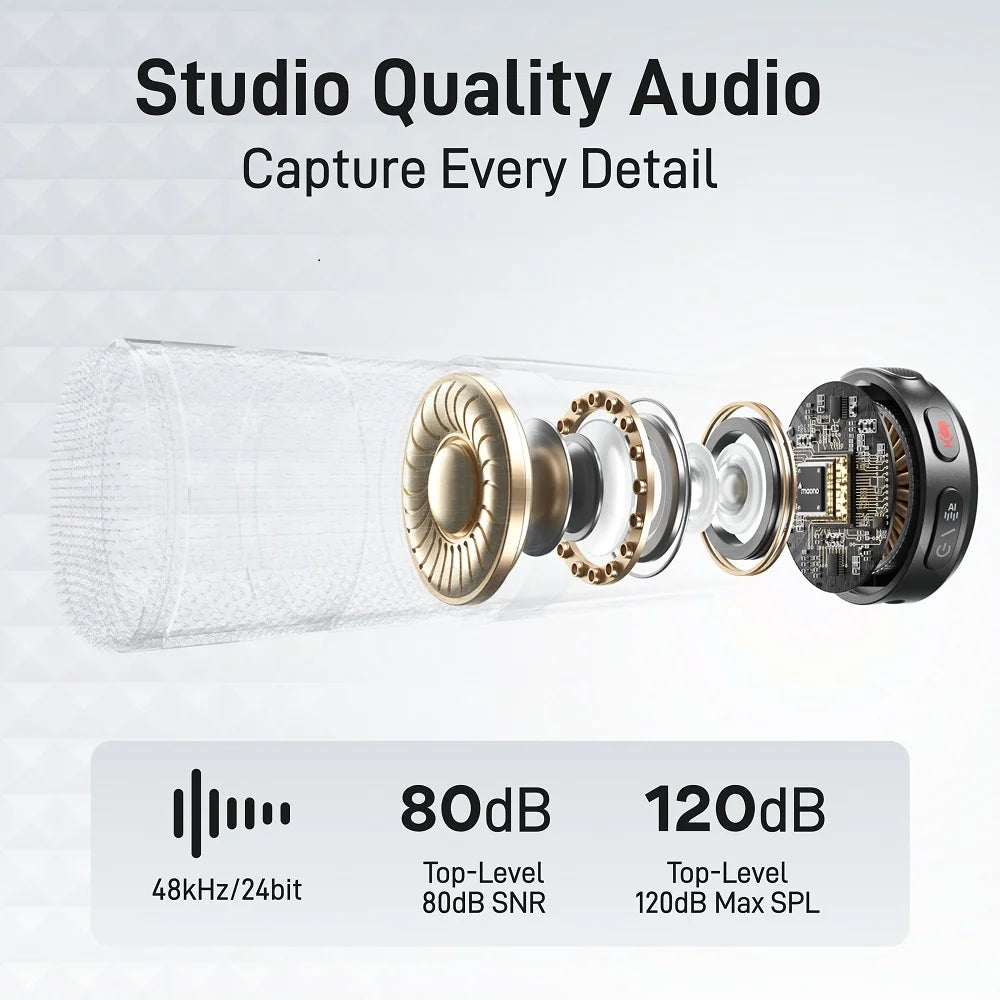Introduction to wireless lavalier microphones
Wireless lavalier microphones have revolutionized the way we capture audio in various industries. Whether you are a broadcaster, event organizer, presenter, or speaker, these compact and versatile devices offer a range of benefits that enhance the overall audio experience. In this article, we will delve into the world of wireless lavalier microphones, exploring their advantages, how they work, factors to consider when choosing one, the top brands and models available in the market, a step-by-step guide on connecting a wireless lavalier microphone, solutions to common issues encountered with these devices, and the optimal settings for various environments. So, let's dive in and discover how these tiny yet powerful microphones can help you stay connected and capture every word.
Related article read here.

The benefits of using wireless lavalier microphones
One of the most significant advantages of wireless lavalier microphones is their freedom of movement. Unlike traditional wired microphones, which restrict the user to a specific area, wireless lavalier microphones allow presenters and speakers to move freely around the stage or venue. This freedom not only enhances their performance but also creates a more engaging and dynamic experience for the audience.
Another benefit of wireless lavalier microphones is their discreetness. These microphones are designed to be clipped onto the clothing of the user, making them virtually invisible to the audience. This not only eliminates the need for bulky handheld microphones but also adds a professional touch to any presentation or performance.
Furthermore, wireless lavalier microphones offer exceptional audio quality. With advancements in technology, these devices now provide crystal-clear sound reproduction, ensuring that every word is captured accurately. Whether you are presenting in a large auditorium or recording a documentary in challenging environments, wireless lavalier microphones deliver outstanding audio performance.
Wireless lavalier microphone vs. traditional wired microphones
When comparing wireless lavalier microphones to traditional wired microphones, the advantages of going wireless become evident. Wired microphones limit the mobility of the user, requiring them to stay within the range of the microphone cable. This can be particularly restrictive during live performances or events where movement is essential.
On the other hand, wireless lavalier microphones offer complete freedom of movement. The user can move around the stage or venue without worrying about tripping over cables or being confined to a single spot. This enhances the overall performance and ensures that the speaker or presenter can connect with the audience more effectively.
Additionally, wireless lavalier microphones eliminate cable-related issues such as tangling or accidental unplugging. This reduces the risk of audio interruptions and ensures a seamless audio experience for both the user and the audience.
How wireless lavalier microphones work
Wireless lavalier microphones operate using radio frequency technology. The microphone captures the audio signal and converts it into an electrical signal. This electrical signal is then transmitted wirelessly to a receiver, which is connected to an audio system or recording device.
The transmitter, usually attached to the user's clothing, sends the audio signal to the receiver using a specific frequency range. The receiver picks up the signal and amplifies it, ensuring that the audio is clear and audible. Some wireless lavalier microphones offer multiple frequency channels, allowing users to switch between frequencies to avoid interference from other wireless devices in the vicinity.
To ensure reliable and uninterrupted communication, wireless lavalier microphones use different modulation techniques, such as frequency modulation (FM) or digital modulation. These techniques minimize the impact of external factors, such as interference from other electronic devices or obstacles within the transmission range.
Factors to consider when choosing a wireless lavalier microphone
When selecting a wireless lavalier microphone, several factors should be taken into consideration to ensure optimal performance and compatibility with your specific needs. Here are some key factors to keep in mind:
Frequency range and channels
The frequency range and channels of a wireless lavalier microphone determine its ability to operate in different environments without interference. It is crucial to choose a microphone that offers a broad frequency range and multiple channels to avoid signal dropouts and interference from other devices.
Battery life
Since wireless lavalier microphones rely on battery power, it is essential to consider the battery life of the microphone. Look for models that offer long battery life to ensure uninterrupted performance throughout your presentation or event.
Connectivity options
Different wireless lavalier microphones offer various connectivity options. Some models come with XLR outputs, which are commonly used in professional audio systems, while others offer USB connectivity for direct connection to computers or recording devices. Choose a microphone that suits your specific connectivity requirements.
Durability and build quality
Consider the durability and build quality of the microphone, especially if you plan to use it in demanding environments or outdoor settings. Look for models that are built to withstand rough handling and adverse weather conditions.
Price and budget
Finally, take into account the price and your budget when selecting a wireless lavalier microphone. While it is important to invest in a quality microphone, there are options available to suit different budgets. Consider your requirements and choose a microphone that offers the best value for your money.
Top wireless lavalier microphone brands and models
When it comes to wireless lavalier microphones, MAONO has several models to choose from. Here are some of them that are loved and sought after by users:
1. MAONO WM620 Compact Wireless Microphone System
Maono's WM620 Wireless Lavalier Microphone is a game-changer in audio recording, combining sleek design with advanced features for unparalleled sound quality. Weighing just 0.38 ounces, it attaches magnetically or clips to your collar, ensuring stability during use. The pearly black sheen adds a touch of sophistication, making it a stylish accessory for content creators.
Equipped with two microphones and advanced algorithms, the WM620 delivers crisp audio with a high 48K sampling rate, preserving the nuances of your voice. The 2-level ENC Noise Reduction minimizes background noise, ensuring clarity in various environments.
Easy to use, the WM620 is compatible with Android, iPhone 15, action cameras, and computers. With a 6-hour battery life and an additional 12 hours from the charging case, the WM620 ensures uninterrupted recording. The one-click reverb effect enhances voice richness, and the 2.4GHz digital wireless technology offers a stable connection with up to 100 meters of range.
2. MAONO WM820 A1/A2 Compact Wireless Microphone System
Maono WM820 A1 system offers a 164ft(50m)transmission range in an open field. Professional Noise Cancelling Technology, wide frequency response, a signal to noise ratio of 82dB(82db S/N Ratio) ensures the capture of every audio detail. It is suitable for outdoor and indoor vlogging, live streaming, interviewing, recording lessons,etc.
3. MAONO WM821 Dual Wireless Microphone System
WM821 lavalier micrphones support one-key mute, zero-latency monitoring and low cut for more occasions. Up to 328ft transmission range under normal conditions and 400ft in an open environment with no obstacles. The total working time is up to 20h, the compact and portable charging case can charge the whole set up to 2.5 times.
Tips for using wireless lavalier microphones effectively
To ensure optimal performance and maximize the benefits of wireless lavalier microphones, here are some tips to keep in mind:
- Perform a sound check before your presentation or event to ensure that the microphone is working correctly and the audio levels are balanced.
- Position the microphone strategically on your clothing to achieve the best audio pickup. Avoid placing it too close to fabrics that may cause rustling noises.
- Familiarize yourself with the frequency channels and available frequencies to avoid interference from other wireless devices.
- Keep spare batteries or a power supply handy to avoid unexpected battery failures during your presentation or event.
- If possible, use a windscreen or a foam cover on the microphone to minimize wind noise or plosive sounds.
- Practice good microphone technique, maintaining a consistent distance from the microphone to ensure consistent audio levels.
By following these tips, you can ensure a seamless and professional audio experience when using wireless lavalier microphones.
Step-by-Step Guide on How to Connect a Wireless Lavalier Microphone
Step 1. Gather Your Equipment: Ensure you have the wireless lavalier microphone, its receiver, and any necessary cables. Check the battery levels of both the microphone and receiver.
Step 2. Attach the Receiver: Connect the receiver to your recording device (camera, smartphone, or audio recorder) using the appropriate cable (usually 3.5mm or XLR).
Step 3. Power On the Devices: Turn on both the microphone and receiver. Look for power indicators to confirm they are functioning.
Step 4. Pair the Microphone and Receiver: Most wireless systems have a pairing process. This usually involves pressing a button on the receiver and the microphone to establish a connection. Check the manual for specific instructions.
Step 5. Test the Signal: Move the microphone away from the receiver and speak into it. Check the receiver for audio levels or indicators to ensure a strong signal.
Step 6. Adjust Settings: Set the gain levels on your receiver for optimal audio input. Ensure the microphone is positioned correctly for clear sound capture.
Step 7. Secure the Microphone: Clip the lavalier microphone to your clothing, ideally near your mouth for the best sound quality.
Step 8. Do a Final Test: Record a short clip to test audio quality and connection stability. Make any necessary adjustments.
Step 9. Start Recording: Once everything is set, you’re ready to capture your audio with confidence!
Wireless lavalier microphones in different industries
Wireless lavalier microphones find applications in various industries where clear and reliable audio capture is essential. Let's explore some of the industries that benefit from these versatile devices:
Broadcasting and journalism
In broadcasting and journalism, wireless lavalier microphones are commonly used to capture interviews, live reports, and studio recordings. Their discreetness and excellent sound quality make them ideal for capturing clear and natural-sounding audio.
Live events and performances
In live events and performances, such as concerts, theater productions, and conferences, wireless lavalier microphones enable performers and presenters to move freely on stage without compromising audio quality. This adds dynamism to the performance and enhances the overall audience experience.
Presentations and public speaking
Presenters and public speakers rely on wireless lavalier microphones to deliver their message effectively. The freedom of movement and clear audio reproduction provided by these microphones ensure that every word is heard clearly by the audience, regardless of the venue size.
Film and video production
In film and video production, wireless lavalier microphones are essential for capturing high-quality audio during interviews, documentaries, and scripted scenes. Their flexibility and ability to capture audio from a distance make them invaluable tools for capturing natural and immersive sound.
These are just a few examples of the industries that benefit from the use of wireless lavalier microphones. Their versatility and performance make them indispensable tools for anyone looking to capture professional-quality audio.
Wireless lavalier microphone accessories and additional equipment
To enhance the performance and convenience of wireless lavalier microphones, there are several accessories and additional equipment available in the market. Here are some common accessories and equipment worth considering:
1. Windscreen and pop filter
A windscreen or pop filter helps reduce wind noise and plosive sounds, ensuring clean and clear audio capture.
2. Transmitter belt pack
A transmitter belt pack allows the user to securely attach the microphone transmitter to their body, providing easy access and freedom of movement.
3. Receiver mounting options
Consider receiver mounting options, such as belt clips or mounting brackets, to securely attach the receiver to a camera or audio system.
4. Extension cables and adapters
Extension cables and adapters can be useful in situations where the microphone needs to be connected to devices located at a distance.
5. Battery chargers and power supplies
Investing in additional battery chargers or power supplies ensures that you always have a backup power source to keep your wireless lavalier microphone operational.
These accessories and additional equipment can enhance the functionality and convenience of wireless lavalier microphones, making them even more versatile and user-friendly.
Frequently Asked Questions
1. What are the tips on selecting compatible devices for a wireless lavalier microphone?
- Check Connectivity Options: Ensure the microphone’s receiver is compatible with your recording device (e.g., camera, smartphone, or audio recorder). Common connections include 3.5mm TRS, XLR, or USB-C.
- Frequency Compatibility: Verify that the wireless system operates on a frequency that is legal and optimal for your location (e.g., UHF, VHF, or 2.4 GHz). Some devices may have frequency interference issues.
- Power Requirements: Confirm that both the microphone and receiver can be powered using compatible batteries or USB connections.
- Audio Quality: Look for microphones with a good signal-to-noise ratio and frequency response suitable for your recording needs.
- Brand Compatibility: If you're using multiple devices from the same brand, they are often designed to work seamlessly together.
2. What are the common troubleshooting issues for wireless lavalier microphones and how to resolve them?
- No Sound: Ensure both the microphone and receiver are powered on and properly connected. Check that the microphone is not muted.
- Interference: Move away from other electronic devices that may cause interference. Change the frequency channel on the receiver if necessary.
- Low Battery: Replace or recharge the batteries of the microphone or receiver if audio quality drops or there are cutouts.
- Poor Audio Quality: Check the positioning of the microphone. It should be clipped close to the mouth without obstruction. Adjust the gain settings on the receiver for clarity.
- Connection Issues: If the devices are not pairing, try resetting them or following the pairing instructions in the manual again.
3. What are the optimal settings for using wireless lavalier microphones for different environments?
- Quiet Environments: Set the gain level lower to avoid clipping. Ensure the microphone is positioned correctly to capture clear audio without background noise.
- Noisy Environments: Increase the gain level slightly but be mindful of distortion. Consider using a windscreen to reduce wind and background noise.
- Outdoor Settings: Use a high-pass filter (if available) to eliminate low-frequency rumble. Position the microphone securely to avoid movement noise.
- Interview Settings: Use both lavalier microphones for the interviewer and interviewee, and ensure they are set to similar gain levels for balanced audio.
- Performances or Events: Test different placements and adjust the settings based on real-time feedback. Always conduct a sound check before the event begins.
Conclusion
In conclusion, understanding how to connect a wireless lavalier microphone is essential for maximizing its benefits in various applications. These microphones provide unparalleled freedom of movement, making them ideal for presenters, performers, and content creators who need to engage their audience without the constraints of traditional wired options. Their discreet design allows users to maintain a professional appearance while capturing high-quality audio, ensuring every word is delivered with clarity.
As we've explored, choosing the right wireless lavalier microphone involves considering factors such as frequency range, battery life, and compatibility with your devices. Reputable brands like Sennheiser, Shure, Audio-Technica, and Maono offers a range of options to fit different needs and budgets. By investing in a quality microphone and familiarizing yourself with effective usage tips, you can significantly enhance your audio experience.
Ultimately, whether you’re broadcasting live, speaking at an event, or recording interviews, wireless lavalier microphones are powerful tools that can elevate your audio quality. With the right setup and knowledge of how to connect a wireless lavalier microphone, you'll be well-equipped to capture every important moment, ensuring your message resonates with your audience.



